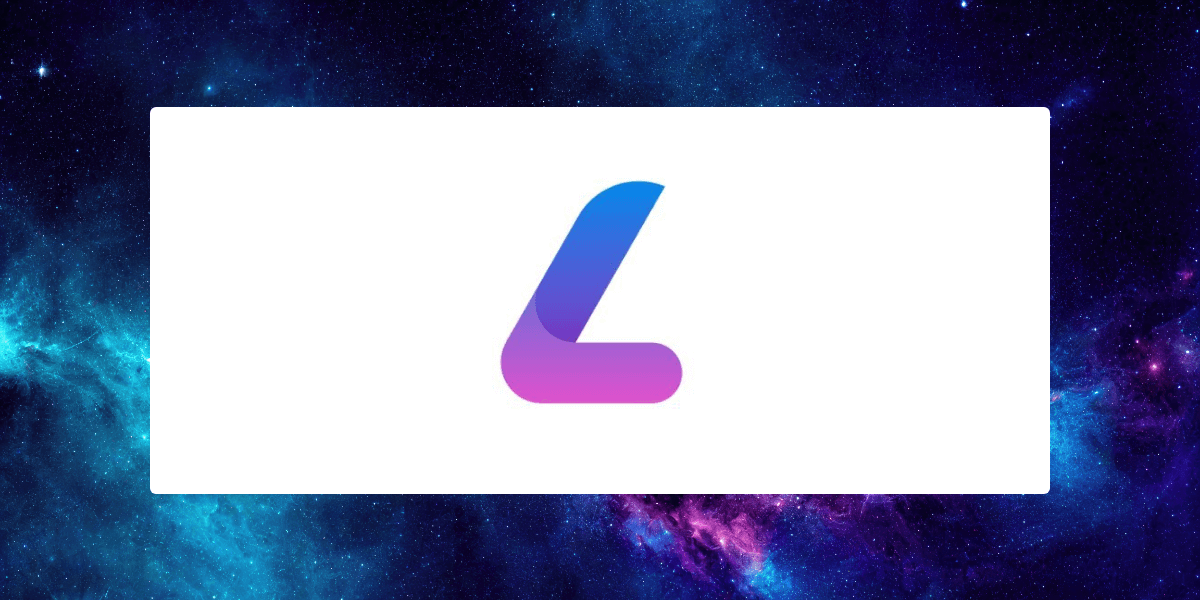Lenfi (formerly known as Aada Finance) is a decentralized lending and borrowing protocol built on the Cardano blockchain. It enables users to lend and borrow digital assets in a peer-to-peer manner without the need for intermediaries like traditional financial institutions. By leveraging the security, scalability, and smart contract capabilities of Cardano, Lenfi aims to create a decentralized finance (DeFi) ecosystem that offers flexible and efficient financial services.
Project Status:
Active 🟢Key Features of Lenfi
- Peer-to-Peer Lending and Borrowing:
- Lenfi operates as a peer-to-peer (P2P) platform, where users can lend their assets to other users in exchange for interest. Borrowers, in turn, can obtain loans by providing collateral.
- The platform facilitates custom loan agreements, where lenders and borrowers can negotiate loan terms, interest rates, and collateral requirements.
- Collateralized Loans:
- Borrowers must provide collateral in the form of Cardano-based assets (such as ADA or Cardano native tokens) to secure loans. The collateral ensures that lenders are protected if the borrower defaults on the loan.
- Lenfi operates similarly to other DeFi protocols by ensuring that loans are overcollateralized, meaning borrowers must deposit more in collateral than the loan amount.
- Smart Contract-Powered:
- Lenfi utilizes Plutus smart contracts on the Cardano blockchain to automate and enforce lending agreements. These contracts ensure that terms are met and collateral is managed securely, removing the need for third-party intermediaries.
- NFT Bond Mechanism:
- Lenfi introduced an innovative NFT bond mechanism, where the loan contract is tokenized into a Non-Fungible Token (NFT). This NFT represents the lender’s claim to the loan, including the agreed interest and collateral.
- NFT bonds are tradable, meaning that lenders can sell or transfer their loan positions to others in the secondary market, creating liquidity for loan contracts.
- Interest Rates and Repayment:
- Interest rates on Lenfi are typically determined through negotiation between the lender and borrower. This flexibility allows users to find terms that suit their specific financial needs.
- Borrowers repay loans along with interest according to the agreed-upon terms, and once the loan is fully repaid, the collateral is released.
- Cardano-Based Assets:
- The platform supports lending and borrowing using a variety of Cardano native tokens, in addition to ADA, Cardano’s native cryptocurrency. This opens up the platform for use with multiple assets within the Cardano ecosystem.
Use Cases:
- Passive Income: Lenders can earn interest on their idle assets by lending them to borrowers through Lenfi, creating a way to generate passive income.
- Access to Liquidity: Borrowers can access liquidity without needing to sell their assets by using them as collateral, making it ideal for individuals who want to unlock value from their holdings.
- DeFi Ecosystem: Lenfi is part of the larger Cardano DeFi ecosystem, contributing to the growth of decentralized financial services on the platform.
Benefits:
- Decentralized: As a DeFi protocol, Lenfi operates without intermediaries, giving users more control over their funds and financial decisions.
- Security: Leveraging Cardano’s secure and scalable blockchain ensures that assets and transactions are protected.
- Customizable: The peer-to-peer model allows for more flexible loan terms, giving both lenders and borrowers the freedom to set conditions that best meet their needs.
- Tradable Loan Contracts: The introduction of NFT bonds adds liquidity to the system, allowing lenders to exit their loan positions by selling the NFT bonds in secondary markets.
Summary:
Lenfi is a decentralized lending and borrowing platform built on the Cardano blockchain, offering a peer-to-peer, smart contract-based solution for financial services. With features like collateralized loans, NFT bonds, and flexible interest rates, Lenfi provides a decentralized alternative to traditional lending, while leveraging the security and scalability of Cardano.


Leave a Reply